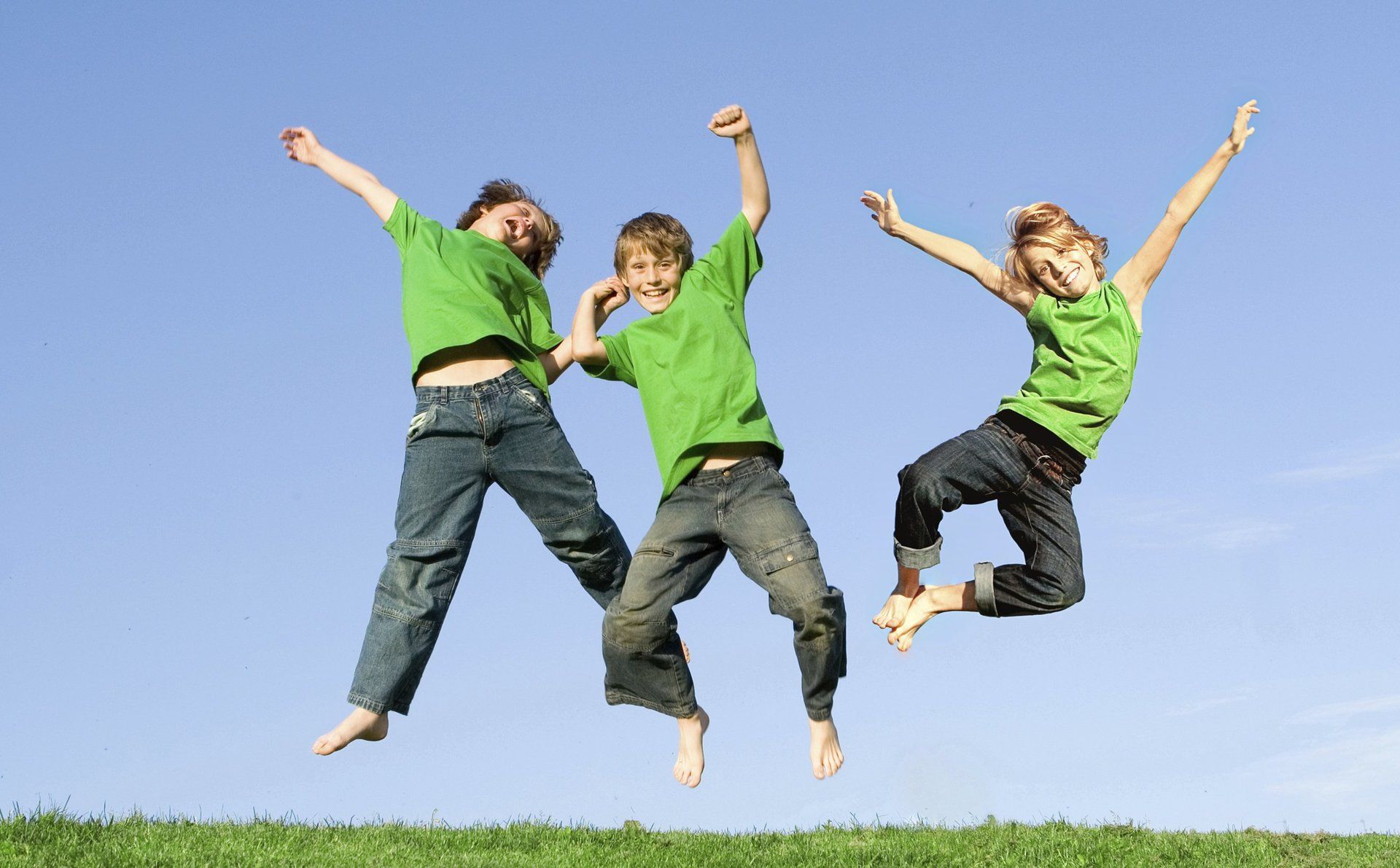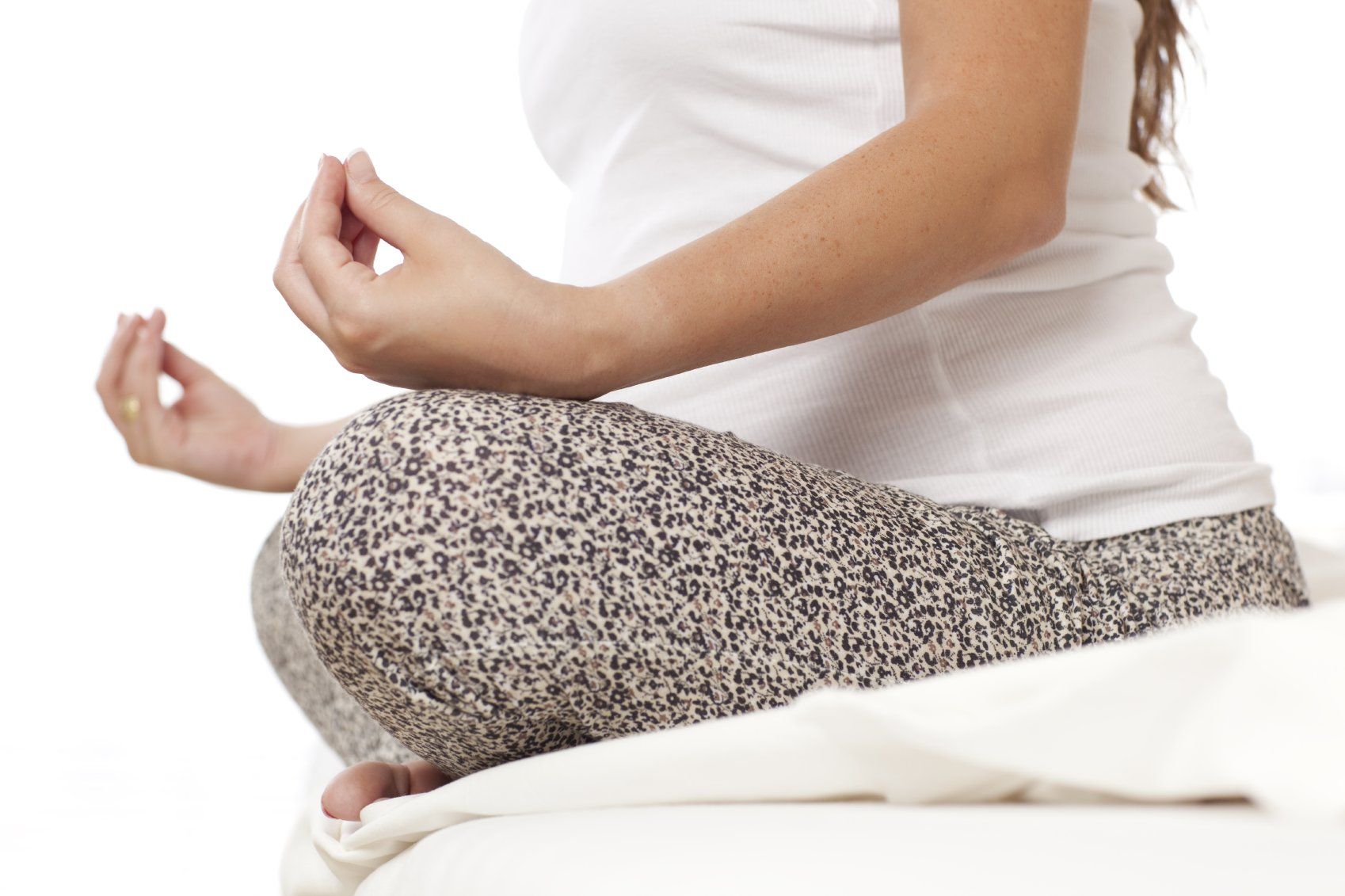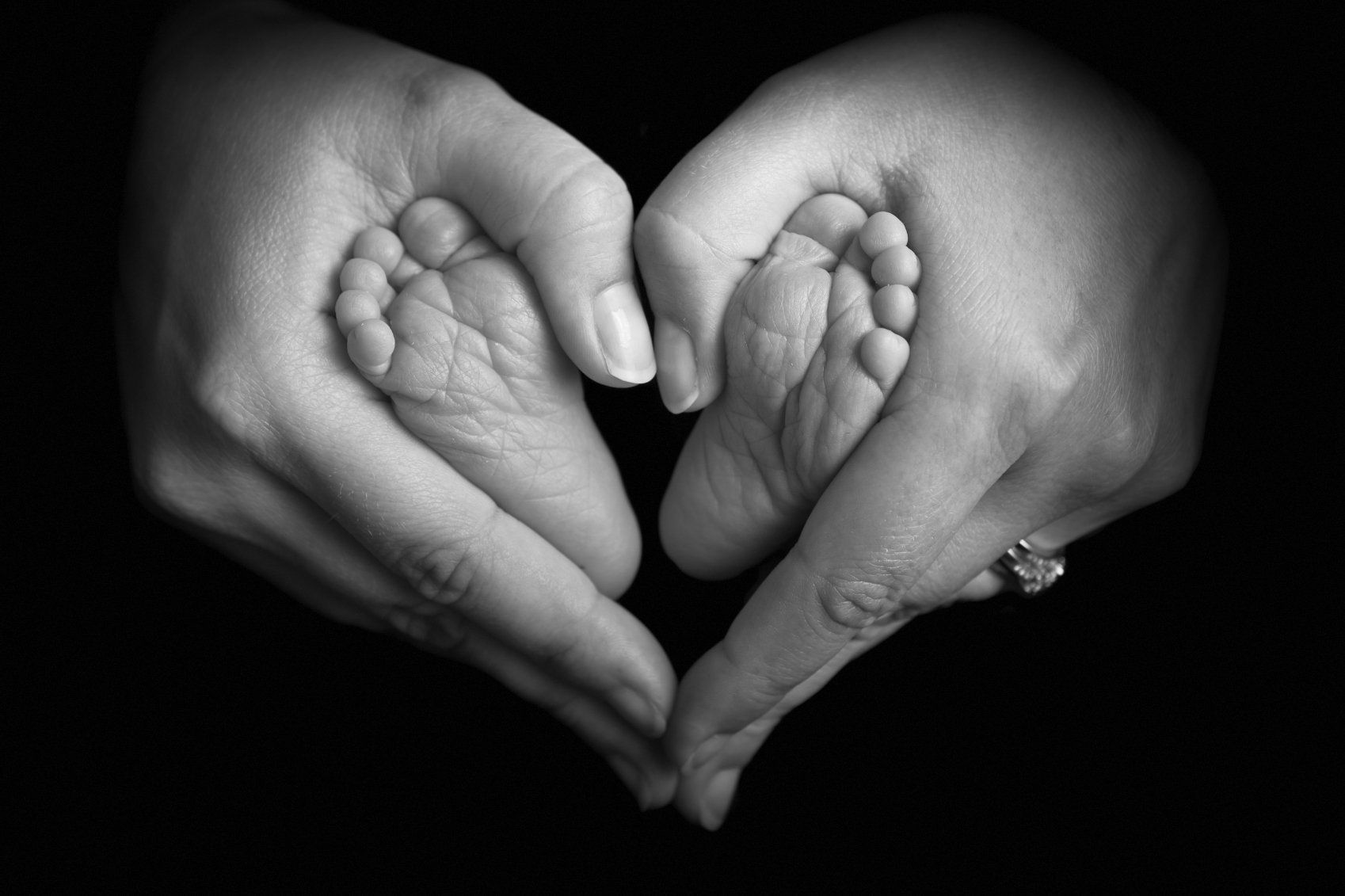Why is yoga good for children's motor skills?

As parents we want the best for our children. How can making yoga part of our family life benefit our children’s physical development? As a yoga teacher, parent and former school teacher I’d like to explain why yoga is good for their motor skills.
The development of motor-skills in children is fundamental for many skills in life. When they are properly developed, they allow our muscles, brain and central nervous system to work together to perform tasks such as kicking a ball or writing. It is amazing how in just one year babies change from having total dependence and no control over their body, to walking or even running, being able to coordinate their bodies with increasing precision. Children need the opportunities to develop their motor skills through exploring their environment and the senses. They need regular practise of this to continue to progress.
Unfortunately however, there is a growing trend for a more sedentary lifestyle, even amongst young children. Hanscome (2016) discusses this and the problems it causes in detail in ‘Balanced and Barefoot’. “More and more children are having difficulty with attention skills, controlling emotions balance decreased strength and endurance, increased aggression and weakened immune systems.” (p.8) Experienced teachers noticed a slow decline in children’s gross and fine motor skills. Core strength decreased, and stamina for active play reduced. Hanscome attributes this decline to the reduction of opportunities for children’s different sensory experiences, challenging themselves and activating their large muscle groups.
There are many issues here but we will focus on motor skills and how yoga is beneficial. Motor skills encompasses both gross motor skills, such as balance, core stability and coordination, as well as fine motor skills, such as hand eye coordination, dexterity and bilateral skills. These work together in daily life, for example to get dressed we need both fine and gross motor skills.
Gross motor skills refers to large or whole body movements. Weak gross motor skills can lead to problems in sitting upright and poor coordination, which is seen in schools with children’s poor posture. As babies develop their early gross motor skills such as holding their head up and learning to sit and crawl, they lay the foundations for the more complex motor skills later on. Through yoga we can continue to develop these skills in children. For example, if children have not crawled, they have missed the opportunity to strengthen the arms and shoulder girdle. Therefore we can provide opportunities to strengthen this when they are older. Weight bearing such as through cobra, plank and upward dog can help here. As can tummy time in ‘mindful moments’. Tummy time is good for children of any age, and indeed adults!
Core stability is important for motor skills as it “provides stability for the spine and allows a good alignment and fluid movement.” (Hanscome, 2016:35-36). Unfortunately this is underdeveloped in many children. It encompasses the outer core, the abdominals, which is what we usually think of, but also the inner core, which incorporates the muscles around the hips, pelvic floor, diaphragm and spine. As ZenKids says, “A child’s core stability is central to nearly every activity as it provides the essential stability and balance needed to coordinate and control the legs, arms, head and hands.” Poor core stability can lead to poor posture as children do not have the strength to sit upright and thus slump. They can also be seen as disruptive as they find it hard to sit still. But there are remedies to help. We can develop core stability through yoga by practising numerous asana, such as plank (and its variations), chair, and bridge. We would encourage strong use of the muscles for good positioning, for example in plank asking ‘Are you a plank of wood?’ tapping into children’s imagination and visualisation. Some postures can be a challenge to hold, so we can provide help provide a focus, such as with chair making fun hand movements.
Core stability is also needed for coordination. Gross motor coordination is “the ability to repeatedly execute a sequence of movements with accuracy and precision.” (Hanscome, 2016:40). Children with poor coordination may also have poor proprioceptive skills, which is to sense what parts of the body are doing without looking at them. Proprioception is developed through pushes and pulls with resistance, also called “heavy work”. In relation to yoga we can push and pull with a friend, and perform weight bearing asana such as downward facing dog and dolphin plank. It is good practice to perform asana on both sides of the body, to aid in coordination and equal strengthening. So a posture such as cow face should be done on both sides.
Coordination and balance can also be affected by how busy our minds are (Hoffman, 2018). When we are calm and alert we can process and organise our senses. But when we have ‘sensory disorganization’ we are overloaded and react with the fight or flight response (Hanscome, 2016). Yoga can children to clear their mind and focus on their bodies.
Crossing the midline is also linked to core and early development. If children fall over when they cross the midline then we could work on this. Postures that cross the midline include half moon and eagle. In mountain we could get children to meet their elbow to their opposite knee, or on all fours bring their knee to the opposite elbow. Reaching across to a partner in twists or to pass an object around the sharing circle could also help.
Also important is the vestibular system, which is the awareness of body in space. In order to develop this, children need “frequent opportunities to move – especially activities that go against gravity,” (Hanscombe, 2016:49). Being upside down and spinning gives input to the inner ear, which helps to establish children’s core. So opportunities in yoga for spinning, individually in games or in a ‘helicopter’, and inversions such as downward facing dog can be beneficial. Balancing in poses such as half-moon and tree can also develop this awareness.
Fine motor skills are equally important. These involve coordinating hand, finger and eye movements and begins with reaching and grasping as babies. Through these foundations children come to more complex coordination that allows independence. If they have limited opportunities then they will not have the chance to develop in this way, for example they may have problems with handwriting because these basics have been missed. More therapists are seeing problems with using the eye muscles together, such as in tracking objects across a room (Hanscome, 2016). In children’s yoga we can have fun with the hands to develop control, for example making crocodile or bird hands, or robot arms. We could also do a hand ‘mexican wave’ with one finger at a time. We can also develop this through the choice of mindful moments such as tracking bubbles.
Hand strength in particular has reduced with the increasing use of computers and tablets. Children are playing less with construction toys, digging and clay, so do not have the same exposure to ‘restrictive’ fine motor skills. This makes most fine motor skills challenging, and if children find skills such as doing a zip or building Lego too difficult, they will not want to do them, this further reducing their chance to practise. Yoga can promote confidence and self-belief, which can counteract this and encourage children to ‘give it a go’. Positive affirmations such as “Yes I can!” can be great. Physically we can practice hand mudras such as seal, lotus and bollywood hands. Crane posture is also good for hand strength.
Shoulder girdle strength is also vital for fine motor skills, “as this group of muscles provide the foundations for the more refined movements of the fingers and hands.” (ZenKids). Without this, children will find many fine motor tasks very challenging which affects their independent skills such as dressing and using cutlery. We can develop the shoulder girdle in yoga through warm ups such as the scarf dance, and through multiple asana, such as bow, warrior I and extended puppy.
Fine motor coordination is when these fine motor skills can be used in more complex and dexterous ways. For instance playing and instrument or using tools. By working on the above practices we can also develop the coordination of the fine motor skills.
Therefore there are many ways in which yoga can help both gross and motor skills. Through providing these opportunities we are enabling children to have greater confidence in their bodies and independence as they grow.
I teach Family Yoga in Norwich and Children's Yoga classes in schools, please contact hello@yogawithamber.co.uk for more info
Further Reading
Hanscome, Angela J, 2016, Balanced and Barefoot, New Harbinger Publications, Oakland
Hatch, Amber, 2017, Mindfulness for Parents, 2017, Watkins, London.
Hoffman, Susannah, 2018, Yoga for Kids, Dorling Kindersley Ltd, London
Iyengar, B.K.S, 2015, Light on Yoga: the Definitive Guide to Yoga Practice , HarperThorsons, London
Kinder, Wynne, 2019, Calm: Mindfulness for Kids, Dorling Kindersley Ltd, London
Markham, Dr Laura, Calm Parents, Happy Siblings: How to stop the fighting and raise friends for life, 2015, Vermillion, London
https://www.nhs.uk/live-well/exercise/physical-activity-guidelines-children-and-young-people/














